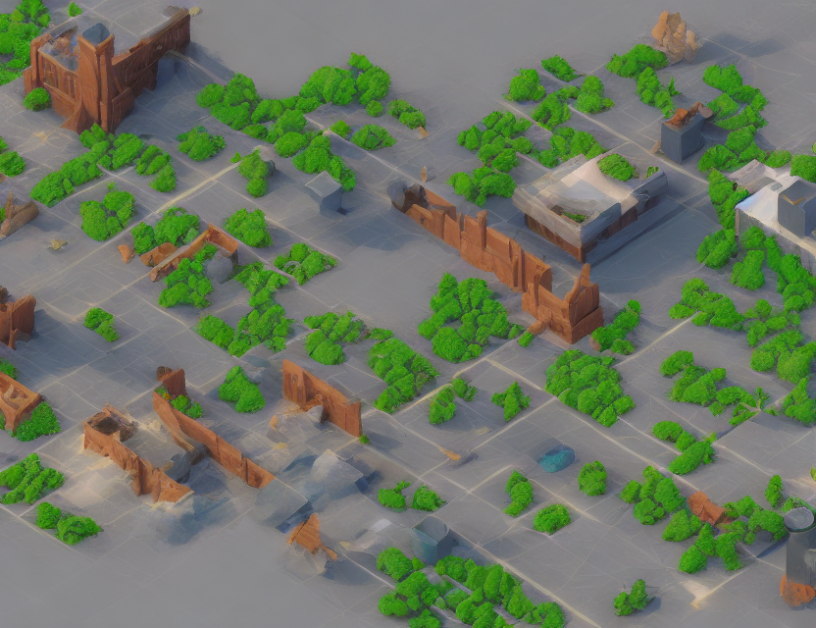In this article, we delve into the implementation details of Pointnet++, a deep learning model designed for scene flow estimation in computer vision. By leveraging point sets in a metric space, Pointnet++ enables accurate motion estimation and object detection. We’ll break down complex concepts by using relatable analogies and engaging examples to help you grasp the essence of this innovative technique.
Aggregating Point Features
To begin, Pointnet++ employs an encoder-decoder architecture, where the backbone network processes point features from a 4D radar point cloud. The feature extractor generates a global feature vector from each frame, capturing the overall motion patterns. The cost volume layer computes the motion estimation for each point in the scene, accounting for the object’s motion and the associated point clouds.
Clustering Points
Now, let’s discuss how Pointnet++ clusters points into meaningful groups. It uses a density-based algorithm to group points based on their spatial proximity, ensuring that nearby points are more likely to belong to the same cluster. This process creates a set of point clusters, each representing a distinct motion pattern in the scene.
Aggregating Point Clusters
The next step is to aggregate the information from these clusters. Pointnet++ concatenates the average and variance of the point subset for each cluster, providing a comprehensive representation of the cluster’s motion pattern. This process enables the model to capture complex motion patterns and handle diverse objects in the scene.
Affinity Computation
To associate points across frames, Pointnet++ computes an affinity matrix that measures the similarity between points. The Sinkhorn algorithm is employed to normalize this matrix, ensuring a consistent and differentiable data association process. This step facilitates the identification of optimal matching pairs based on their similarity scores.
Data Association
In this phase, Pointnet++ matches points across frames by identifying corresponding pairs based on their affinity scores. The object IDs are reassigned to these successfully matched pairs, and new IDs are allocated for detected objects. Finally, the model removes IDs associated with previously tracked objects absent in the current frame.
Conclusion
In conclusion, Pointnet++ offers a novel approach to scene flow estimation by leveraging point sets in a metric space. By aggregating point features, clustering points, and associating points across frames, this deep learning model enables accurate motion estimation and object detection. With its encoder-decoder architecture and Sinkhorn algorithm-based data association process, Pointnet++ demystifies complex concepts by using relatable analogies and engaging examples to help you comprehend its essence.



